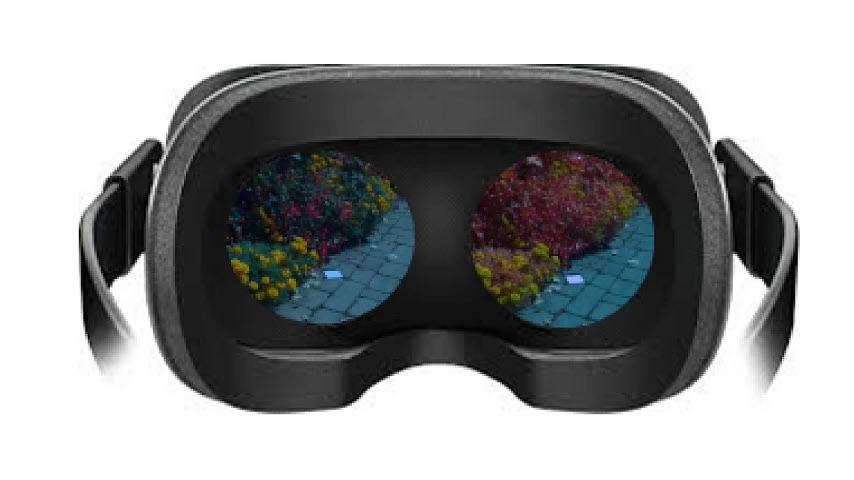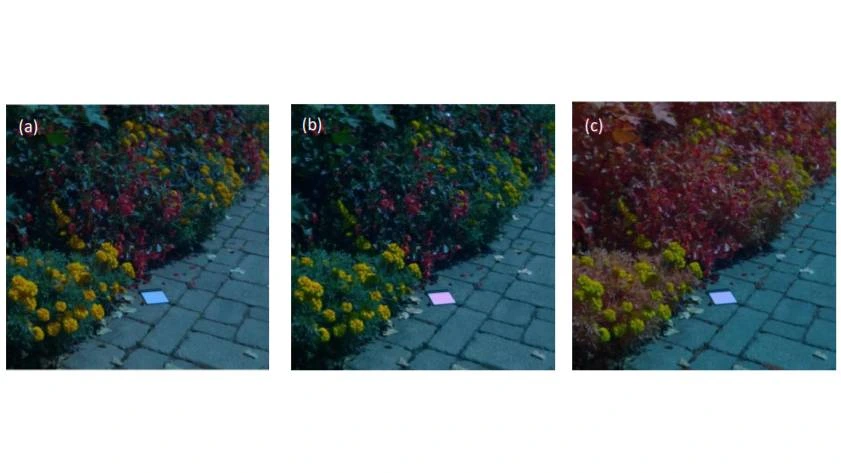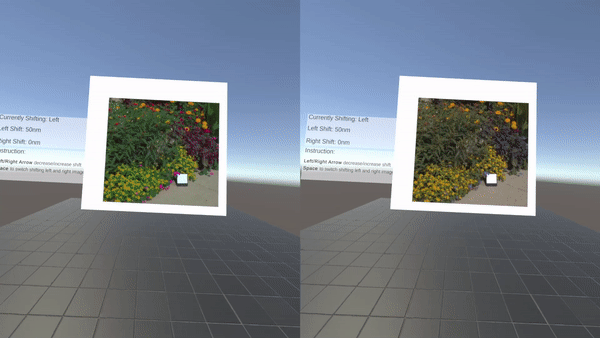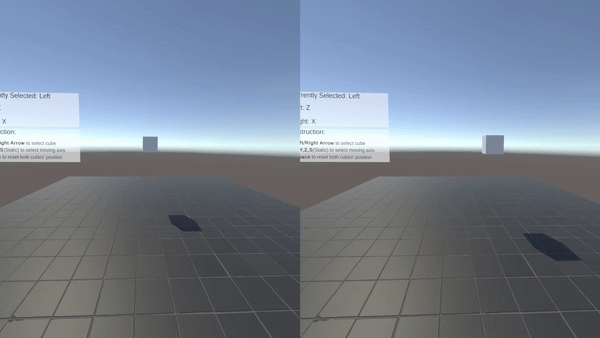VR Vision Disorder Simulation
Projects | | Links: Technical Report | Github

Research project exploring vision impairments through VR simulation using AI and computer vision
This project explores and simulates various visual impairments, including color blindness and binocular disparities.
Color Vision Deficiency Permalink

In the first phase, I developed chromatic adjustment algorithms using computer vision to simulate this condition. Next, I validated my hypothesis by combining optics with AI to create a system that mimics human behavior during color blindness tests with 90% accuracy. In the second phase, I implemented simulation models in VR environments to visualize the research findings.
Binocular Rivalry Permalink


The human visual system perceives the world by combining information from both eyes to infer three-dimensional cues such as depth. In this phase, we demonstrate a virtual reality system that breaks inherent binocular redundancy by projecting different dynamic and static content to each eye.
Application Permalink
This technique harnesses mathematical optical simulation for a realistic VR representation of Color Vision Deficiency. Its potential stretches beyond mere simulation; it can be reverse-engineered for enhanced color perception in humans. Additionally, by altering binocular redundancy in VR, we pioneer custom binocular rivalry simulations without physical tools like mirror stereoscopes. This advances binocular disparity experiments, VR accessibility, and paves the way for vision enhancements.
